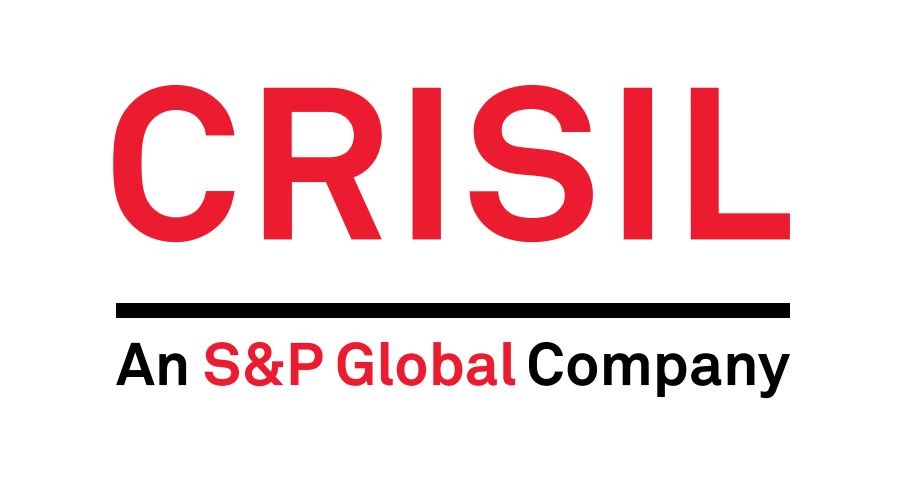Research
Crisil Ratings : Net annual office leasing to hit all-time high of 50 msf next fiscal
Posted On : 2025-07-17 16:42:29( TIMEZONE : IST )

Healthy operating performance, prudent leveraging to keep credit profiles stable
Net leasing1 of Grade A commercial office space2 in India will clock a healthy compound annual growth rate (CAGR) of 7- 9% in two fiscals through 2027 and cross the 50 million square feet (msf) mark next fiscal. Supply, on the other hand, is expected to be 53-57 msf annually, thereby driving 6.5-7% CAGR expansion in the overall office stock during this period.
Consequently, occupancy levels are expected to improve, which will increase cash flows for commercial office players. This, coupled with prudent leverage, will keep credit profiles stable.
Our study of 78 commercial office players, accounting for about a fourth of the Grade A office stock in the country, indicates as much.
After a remarkable recovery in the past two fiscals post Covid-19 pandemic, India's commercial office market is set for steady net leasing growth over the medium term (see the chart in annexure), driven by reduced work-from-home arrangements and strong demand from global capability centres (GCCs).
GCCs continue to remain a key driver of growth, encouraged by India's large, skilled talent pool and cost advantages. They now account for 30-40% of annual net leasing of commercial office space across sectors.
From a sectoral perspective, over the next two fiscals, net leasing will be driven by double-digit growth from the BFSI3 sector and companies offering flexible workspaces (flex). Growth in the BFSI sector is being driven by steady credit growth, increasing assets under management and employee additions. Flex operators will continue to expand by offering agile, cost-effective and hybrid-friendly solutions to companies.
In contrast, the net leasing growth by IT/ITeS4 sector is expected to remain moderate, with demand growing 5-6%. This will be driven by GCCs as net leasing by domestic companies in the IT/ITeS space remains low.
On the supply side, commercial office space additions, which moderated a tad to ~47 msf last fiscal, is expected to increase to 53-55 msf this fiscal with the scheduled completion of several ongoing projects. Supply is expected to be steady at 55-57 msf next fiscal, with developers calibrating their pipelines amid higher vacancies in certain micro-markets. As a result, the overall office stock is projected to expand to around 920-925 msf by the end of fiscal 2027, from approximately 810 msf as of March 2025.
Says Gautam Shahi, Director, Crisil Ratings, "With healthy demand absorbing the elevated supply, the overall vacancy level for India's Grade A office market is expected to decline to 15.5-16.0% by the end of fiscal 2027. That will mark a 100 basis points (bps) improvement over fiscal 2025. While overall vacancy is expected to reduce over this period, the trend will vary across micro-markets."
The National Capital Region and the Mumbai Metropolitan Region, which together account for about a third of the commercial office inventory, may see vacancy levels decline 200-250 bps on strong demand from the BFSI, flex and IT/ITeS sectors.
The southern micro-markets, which comprise about half of the office stock, are likely to maintain stable vacancy levels despite strong upcoming supplies, because of continued demand from GCCs.
In contrast, the Pune micro-market may see a slight increase in vacancies due to significant upcoming office supply, which could outstrip demand growth.
Says Snehil Shukla, Associate Director, Crisil Ratings, "Declining vacancy levels, along with contracted rental escalations and recent interest rate cuts by the central bank, are expected to improve cash flows of commercial office players. This, as well as prudent leveraging by developers, should keep their credit profiles healthy this fiscal and the next. As a result, the annual DSCR5 is expected to improve to 1.9-2.0 times this fiscal and the next from 1.7 times last fiscal."
The debt to Ebitda6 ratio is also projected to improve to 4.0-4.2 times by March 2027 from 4.7 times as of March 2025.
That said, evolving geopolitical challenges and global economic slowdown impacting net leasing by GCCs, and higher-than-expected leveraging by players will remain monitorable.

 Premier Explosives Ltd receives export order worth Rs. 73.11 crores
Premier Explosives Ltd receives export order worth Rs. 73.11 crores Surya Roshni Ltd receives order worth Rs. 105.18 crores
Surya Roshni Ltd receives order worth Rs. 105.18 crores GEE Ltd signs development agreement for its land
GEE Ltd signs development agreement for its land Paras Defence and Space Technologies Ltd signs MoU with IUAC, New Delhi
Paras Defence and Space Technologies Ltd signs MoU with IUAC, New Delhi HUDCO signs MoU with NIUA
HUDCO signs MoU with NIUA